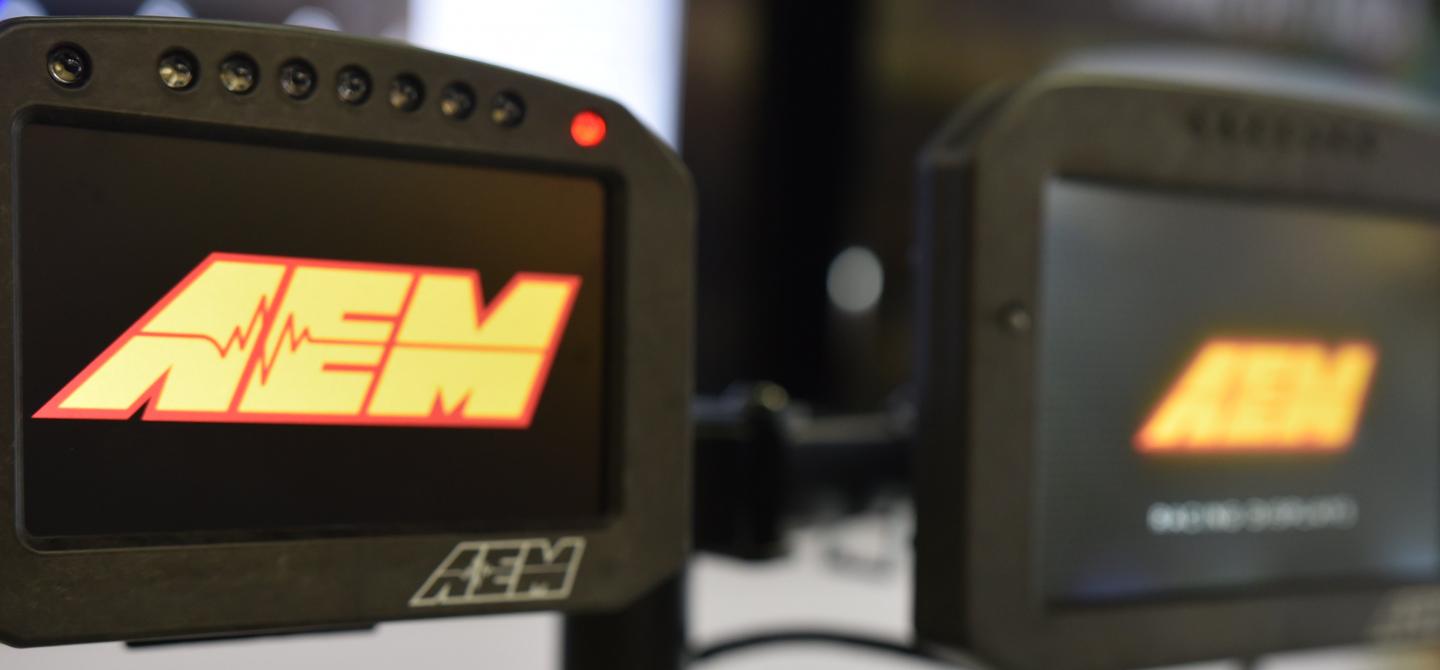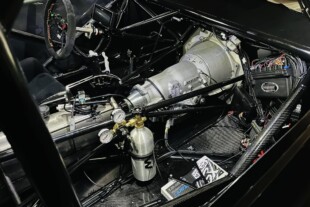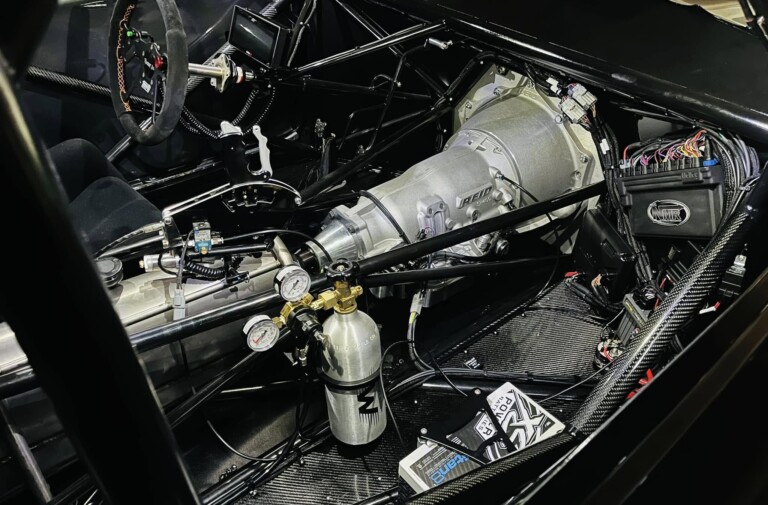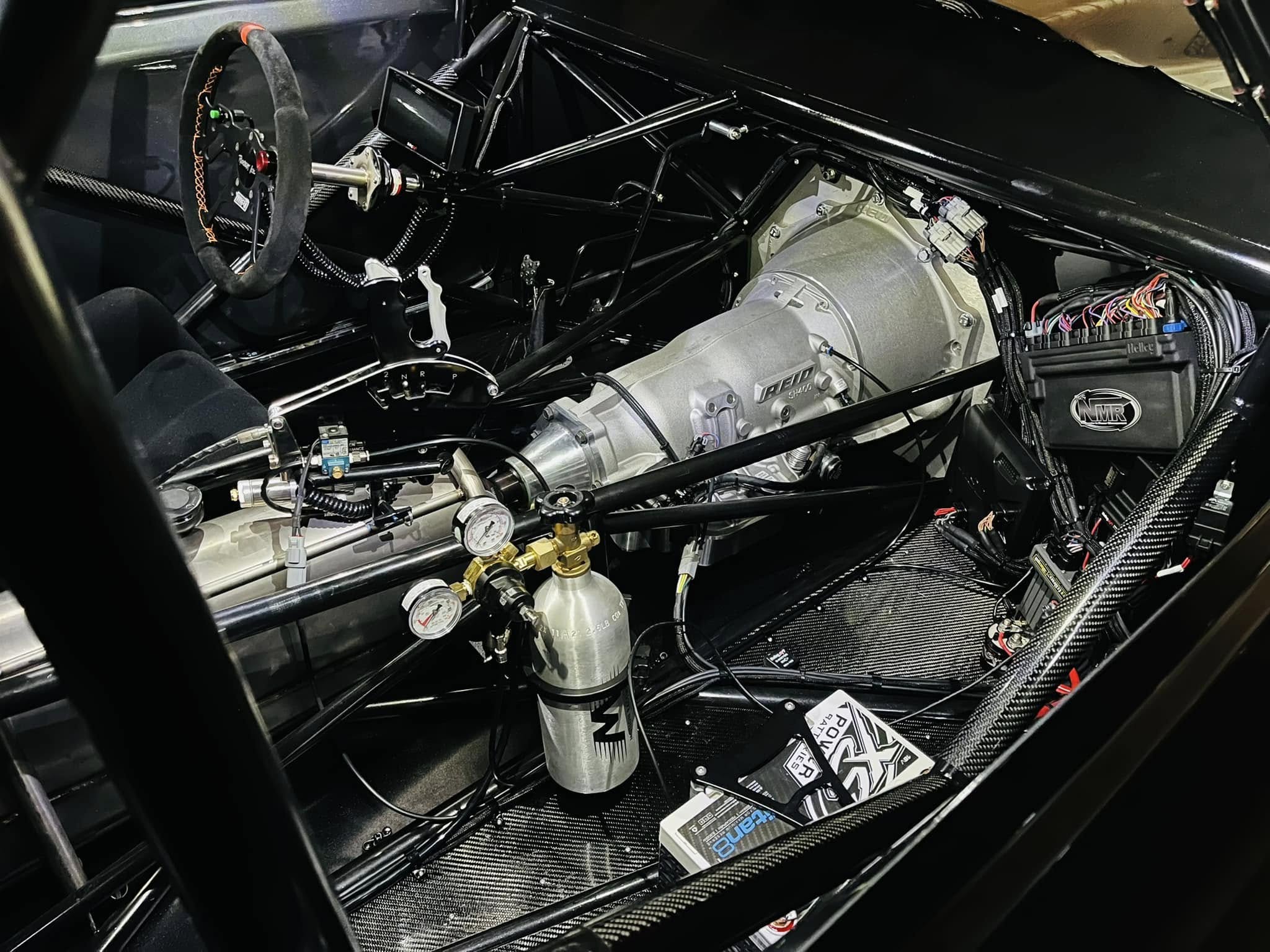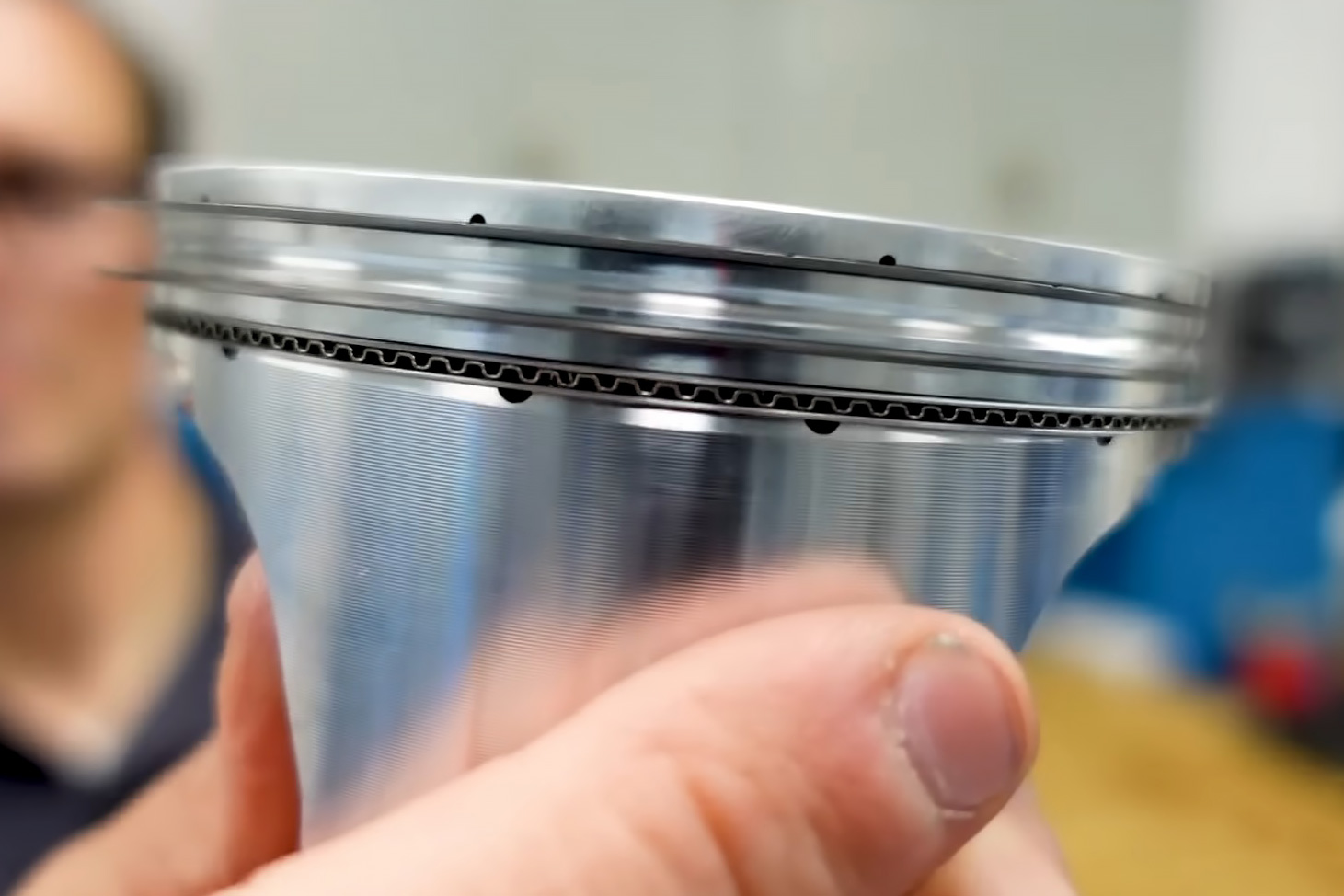At this year’s PRI, AEM revealed a new line of slimmer, hood-free displays to be mounted flush in a panel. More than just a subtle and impregnable dash, this new lineup displays information to the driver in a more digestible fashion. Its carbon fiber dashes, available in CD-5 (five-inch) and CD-7 (seven-inch) display sizes, can relay customized warning messages as well as provide a variety of data displays.
AEM Engineer Henry Schelley elaborates “instead of having a warning light, and not knowing what the warning light’s for, you can actually have a message tell you what’s going on.” All the pages are user-configurable, and the dash design-software allows users to modify the font, color, and layout to their liking. It’s totally customizable for the tuner/builder who needs to stamp their mark on every piece of their car.
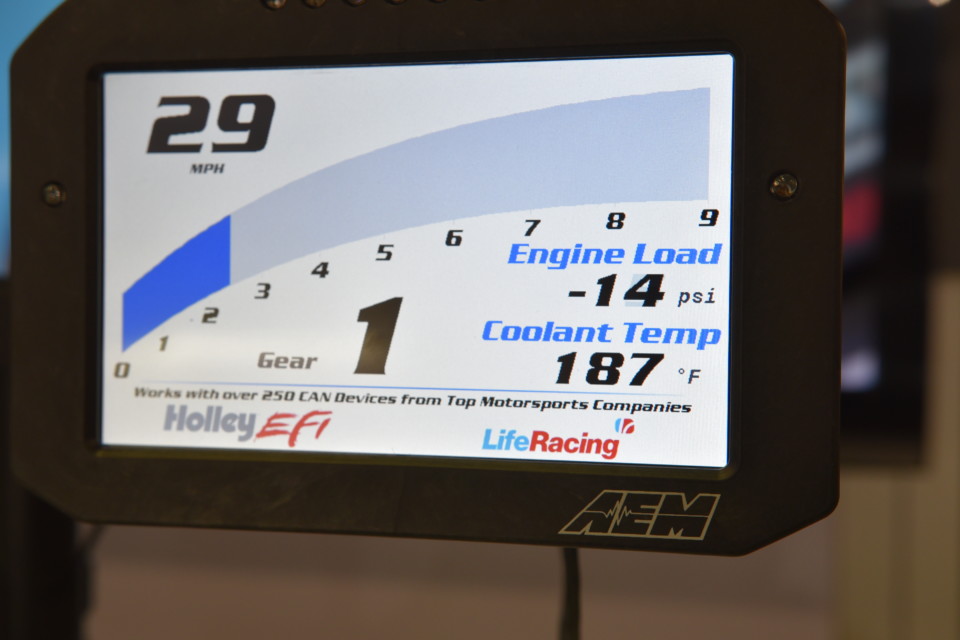
Clear, concise, easily read messages can be tailored for better driver comprehension in the heat of battle.
Software comes free with the dash, and even though it’s an AEM dash, it will communicate with other products, including a Holley ECU, a Haltech ECU, and more. “It’s not just limited to the AEM ecosystem — you can go outside and use other products,” Schelley adds.
Also, a clean, four-wire install saves time and minimizes the potential for headaches. However, if a builder isn’t using an ECU that would accommodate this simple setup, there is another option.
Connector Available for Pre-OBD2 Vehicles
For vehicle manufactured prior to the not ubiquitous OBD2 connector, AEM’s new CAN sensor module can take the tachometer input from the distributor/MSD box, the fuel level from the fuel level sending unit, fuel pressure, and so on, wire all these inputs into the module, and have 21st-century command of a vintage racing car. “This opens the doors not only for EFI systems, but for pre-OBD II vehicles as well,” Schelley notes with palpable enthusiasm in his voice.
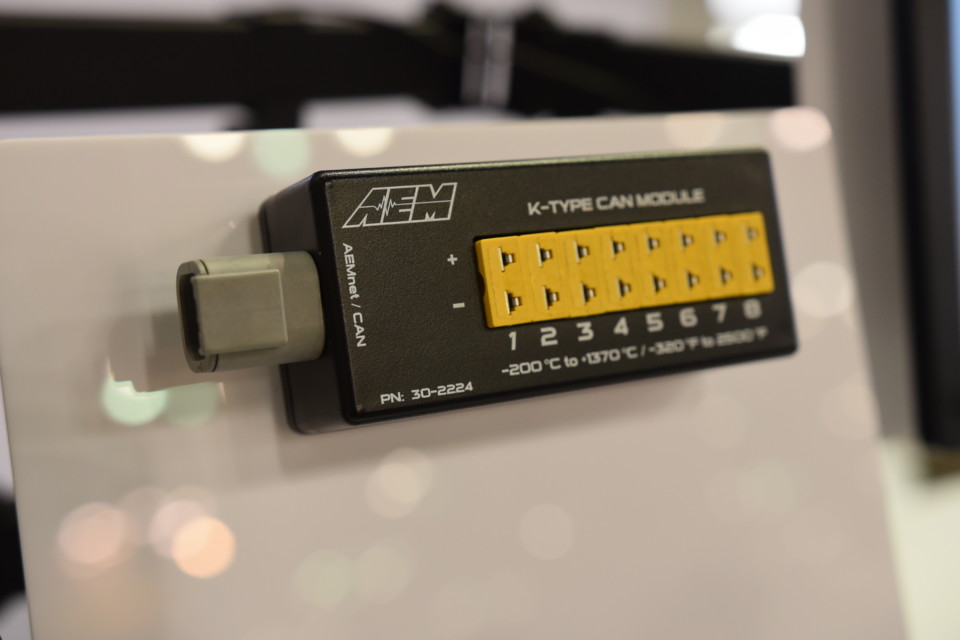
The AEM CAN module provides the ability to add additional inputs so the system can be expanded over time.
It’s always hard to build with the end in mind. One problem leads to another, and mechanical gremlins will invariably rear their ugly heads. With these accessible and friendly modifications, AEM helps minimize these frustrations; the builder can learn and add to their platform over time as their needs increase.


